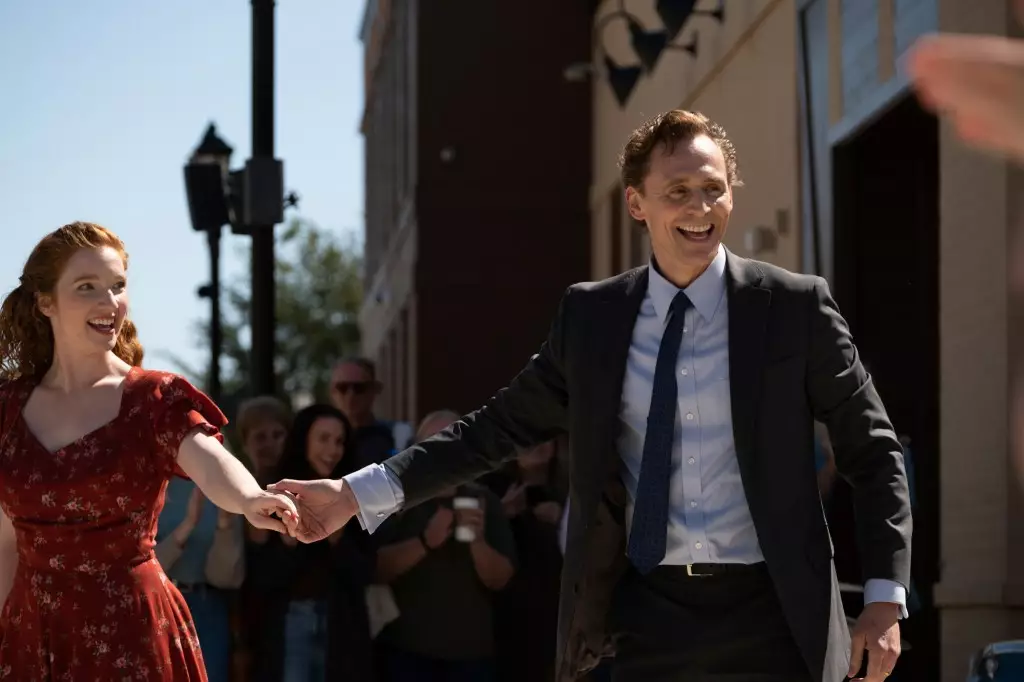In recent years, Hollywood’s obsession with creating colossal summer hits has become an unquestionable norm. The towering numbers of this summer’s releases reinforce the industry’s belief that blockbuster movies are the glue holding back the financial tide. Universal’s Jurassic franchise and Warner Bros.’ Superman saga exemplify the power of established brands to sustain audiences and box office returns. Yet, beneath these successes lies a deeper concern: are we witnessing a creative stagnation masked by familiar franchises? The relentless pursuit of pre-sold properties seems to be throttling genuine innovation, replacing surprise with guarantee. When studios chase the safe route—relying on sequels, remakes, or well-trodden superheroes—they sacrifice the potential for authentic storytelling that can truly move viewers.
While technologies propel the spectacle to new heights, they also tend to overshadow the core narrative. Apple’s groundbreaking F1 streaming success and Amazon’s strategic push into James Bond hint at a future where tech giants blur the lines between entertainment and marketing. But the question remains—do these technological triumphs compensate for the missing element of creative risk? The soul-stirring films of the past—”American Graffiti,” “Dog Day Afternoon,” or “Stand By Me”—weren’t predictably branded blockbusters. They were spontaneous revelations, often emerging amidst chaos and studio struggles, yet striking a chord because they felt genuine and raw. Hollywood today seems to have forgotten that surprise and authenticity still hold the greatest power to captivate audiences.
The Myth of the Safe Bet and The Cost of Repetition
Looking closer at the current summer lineup reveals a troubling trend: a series of meticulously packaged but ultimately uninspired movies that seem more like marketing endeavors than artistic expressions. When studios release similar disaster movies like “Deep Impact” and “Armageddon” just weeks apart, it isn’t an accident—it’s a symptom of a complacent industry enamored with formula. These films lack the daring spirit that once defined Hollywood’s golden age, replaced by guesswork rooted in audience analytics and franchise loyalty. The danger is that this over-reliance on familiar themes and characters results in a creative dead-end, with studios acting more like factories than innovators.
The question arises—who will dare to step outside the safe zone? Who will fund and develop the next batch of unexpected gems? The current landscape makes this a daunting task, with most releases floundering behind the curtain of obscurity until a festival buzz or critical acclaim sheds light. The risk-averse approach has weakened the very foundation that once fostered cinematic revolutions. When audiences are presented with the same predictable fare, the thrill of discovery diminishes, and Hollywood risks aligning itself with a future where incidents of genuine surprise are rare relics of a bygone era.
Rediscovering the Power of Personal and Unconventional Narratives
Amidst this landscape of sameness, some filmmakers are pushing boundaries with modest but intriguing offerings. Consider the film “Chuck,” a low-key project based on Stephen King stories, directed by genre-bending filmmaker Mike Flanagan. Without the glitz of special effects or big-name stars, “Chuck” relies on storytelling ingenuity and character nuance. Its unconventional structure—starting at its narrative end—invites viewers to reconsider how stories are told and experienced. The film’s protagonist, a seemingly ordinary accountant with a hidden talent for dance, embodies the idea that even understated characters can harbor profound narratives.
What makes “Chuck” noteworthy isn’t just its storytelling approach but its bold willingness to challenge industry conventions. Neon’s involvement signals an acknowledgment that audiences remain hungry for fresh, honest stories—not just more high-octane spectacles or franchise installments. The conversations it sparks—people asking “What was that about?”—highlight an important truth: audiences crave genuine connection and meaning. They don’t always need blockbuster explosions or spectacular CGI—they need to see themselves, or their own unremarkable lives, reflected in cinema’s mirrors.
This approach could be the antidote to Hollywood’s creative fatigue: prioritize storytelling that feels authentic and personal rather than manufactured. Such films, although less flashy, possess the potential to ignite a genuine emotional response, creating a lasting imprint that blockbuster spectacle often cannot. Recognizing this, Hollywood might do well to learn that the future of cinema doesn’t solely depend on massive budgets and familiar IP but also on daring to tell stories that resonate on a human level—stories that surprise even without a built-in audience hype.
